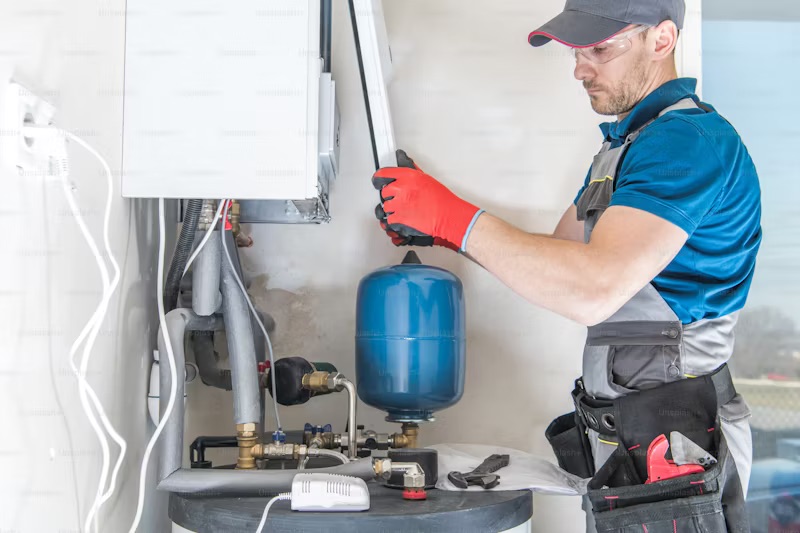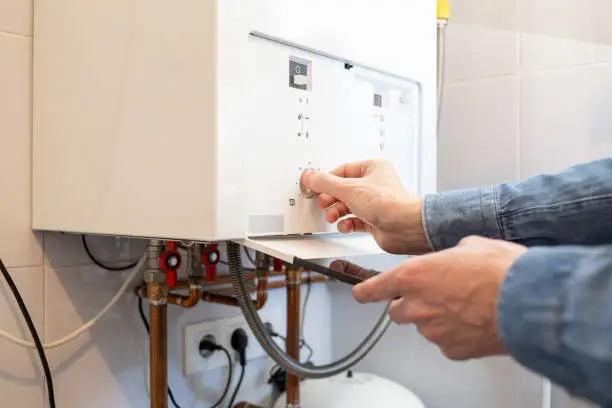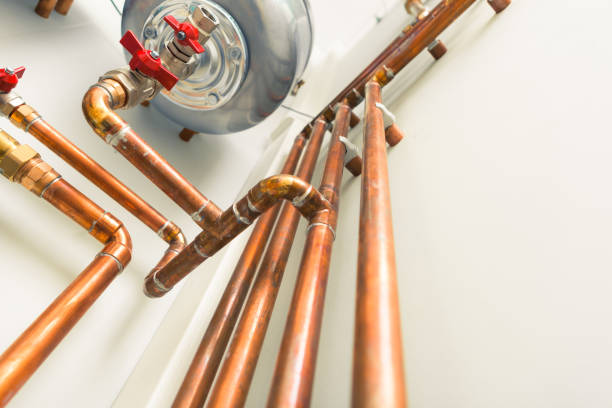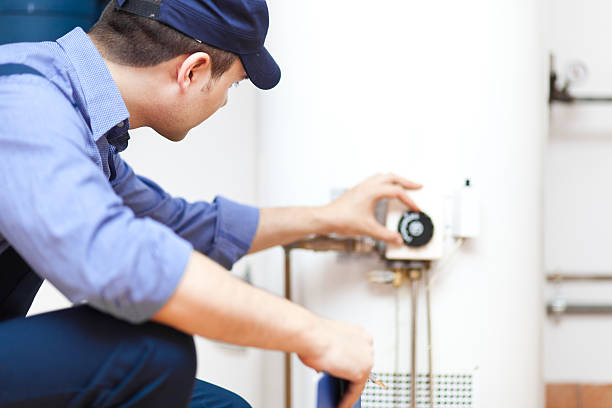FIVE ways to get your boiler ready for winter
As the leaves begin to fall and the temperatures start to drop, it’s time to turn our attention to the health and efficiency of our home heating systems. The boiler, being the heart of the home heating system, requires particular attention. Ensuring your boiler is prepared for the winter months not only guarantees a warm and cozy home but also helps prevent unexpected breakdowns and costly repairs. Here are five essential steps to get your boiler ready for winter.
1. Schedule a Professional Boiler Service
Just like a car, a boiler needs regular servicing to ensure it’s running efficiently and safely. A professional service is the best way to identify any potential issues before they become major problems. It’s recommended to have your boiler serviced annually, and the end of summer or the start of autumn is an ideal time.
A professional boiler service typically includes checking the boiler for corrosion and leaks, cleaning its parts, checking the gas pressure and flow, and testing safety devices. The engineer will also inspect the flue to ensure it’s not emitting any unsafe fumes. This comprehensive check ensures your boiler is in top condition for the cold months ahead.

Choosing a Qualified Engineer
When scheduling a boiler service, it’s crucial to choose a Gas Safe registered engineer. The Gas Safe Register is the official list of businesses that are legally permitted to carry out gas work. Engineers on the Gas Safe Register are fully trained and competent in working with boilers.
Furthermore, some boilers, especially those still under warranty, may require servicing by an engineer certified by the boiler manufacturer. Always check your boiler’s warranty conditions to ensure you’re not inadvertently voiding it.
2. Bleed Your Radiators
If your radiators aren’t heating up properly, they may have air trapped inside them. This air prevents the hot water from filling the radiator completely, reducing its efficiency. Bleeding your radiators releases this trapped air, allowing the radiator to run more efficiently.
Bleeding radiators is a simple task that you can do yourself. All you need is a radiator key or a flat-blade screwdriver. Simply insert the key or screwdriver into the radiator’s bleed valve and turn it anti-clockwise. You should hear a hissing sound as the air escapes. Once water starts to leak out, close the valve.

Check for Cold Spots
After bleeding your radiators, it’s a good idea to check for cold spots. If a radiator is still cold at the bottom after bleeding, it may be due to a build-up of sludge or rust in the system. This issue can be resolved with a power flush by a professional heating engineer.
3. Insulate Your Pipes
Insulating your pipes is a simple and cost-effective way to prepare your boiler for winter. When the temperature drops, there’s a risk that the water in your pipes could freeze. This can cause the pipes to burst, leading to significant damage and a potential boiler breakdown.
Pipe insulation, also known as lagging, can be purchased from most DIY stores. It’s a foam tube that fits around the pipe to keep it warm and prevent freezing. Insulating your pipes not only protects them from freezing but also reduces heat loss, making your heating system more efficient.

4. Check Your Boiler Pressure
Your boiler pressure is essential for your heating system’s efficiency. If the pressure is too low, your boiler may not function properly. On the other hand, if the pressure is too high, it can put unnecessary strain on your boiler and heating system.
You can check your boiler pressure by looking at the pressure gauge on your boiler. The ideal boiler pressure is typically between 1 and 2 bars. If the pressure is outside this range, you may need to repressurise your boiler or call a professional engineer.

5. Invest in a Carbon Monoxide Detector
Finally, while ensuring your boiler is ready for winter, it’s crucial to consider safety. A faulty boiler can produce carbon monoxide, a deadly gas that’s odourless and colourless. A carbon monoxide detector is an essential safety device that alerts you if there’s a carbon monoxide leak in your home.
Carbon monoxide detectors are inexpensive and easy to install. They should be placed near your boiler and in any room with a gas appliance. Remember to check your detector regularly to ensure it’s working correctly.

Preparing your boiler for winter is a crucial task that shouldn’t be overlooked. By following these five steps above, you can ensure your boiler is ready to keep your home warm and cozy throughout the winter months.


